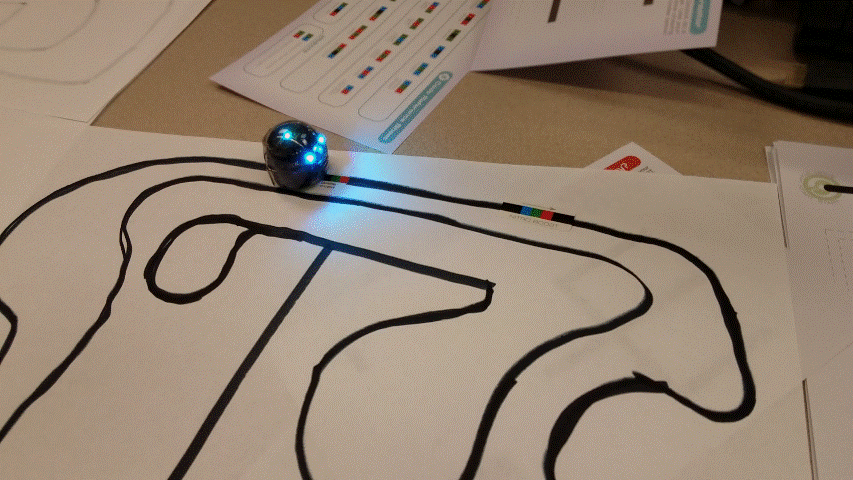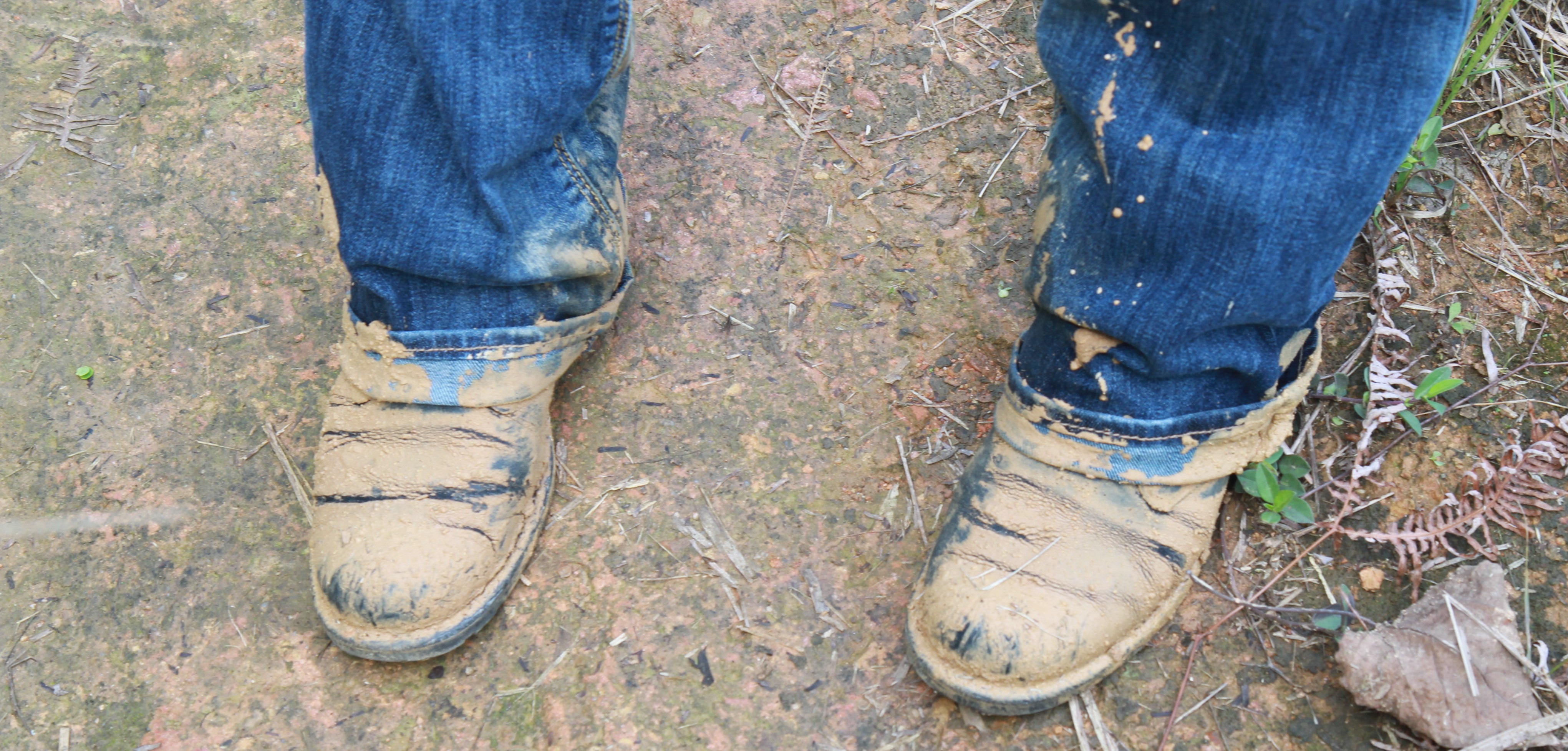As long as I can remember, boots were always my favorite type of shoe. I hated teetering pumps, strappy heels, lacerating flats, anything that made it difficult or painful to move.
During the Song Dynasty, the majority of Han Chinese women began to practice foot binding. However, not all Han Chinese women bound their feet. Scholars of Hakka culture, ranging from Luo Xianglin to Clyde Kiang to Ellen Oxfeld to Eriberto Lozada, all recall the legendary Hakka women who turned back Mongol invaders during the Song Dynasty. According to the legend, the Song emperor was preparing for a defense against the Mongol army when he suddenly heard that their soldiers were retreating. After some investigation, it was reported that the Mongols had come across some sturdy-looking women with unbound feet; they looked extremely organized, carried weapons, and traveled in large units. (Turns out they were just Hakka women picking firewood.) The Mongol soldiers figured that if Han women were so intimidating, the men must be even more so–and so they fled. Appreciative, the emperor addressed the Hakka women as “ruren” (孺人), or “scholar’s wife”–an honorific title usually reserved for the royal court. Hakka ancestral tablets often incorporated “ruren” into women’s names.
Most notably, Hakka women came to be identified as women who kept their feet unbound. In some sense, it wasn’t really a choice for them. The Hakka have historically been impoverished, and foot binding was often reserved for elite women who were not required to do manual labor. Regardless of whether or not women chose to keep their feet unbound, it changed Hakka women’s culture and allowed them both physical and social mobility.
To an extent. Anthropology has taught me that reading culture and living culture are two very different things. And as an anthropologist who studies facets of her own culture, I’ve wondered how much of what is written represents what Hakka women experience now–across geography, class, religion, language and more. A summer researching local feminism among Hakka women in China gave me some insights to how these feminist myths have turned attention away from the deep-rooted challenges and issues that Hakka women have faced. Moreover, I found it problematic that all of these histories about Hakka women have been written by men or from a non-Hakka lens.
This prompted me to question how I could answer some of my own questions about the changing landscape of Hakka culture. Of course, I can’t answer my own questions, and so I look to other Hakka women. Last summer, I began thinking about how I would go about this, and I began the six-month process of applying for the Watson Fellowship.
In the year that I am gone, I will be challenged to resist returning home–a challenge that I know will be extremely difficult. I’ll attempt to keep everyone posted about my travels here. In particular, I’ll be studying attitudes and approaches toward Hakka marital practices, something that I’ll elaborate upon in later posts!

